
The entire canton of Nicoya will be on Orange Alert from July 20 to August 1, as a preventive measure against the pandemic. The main cause is a surge of positive –yet asymptomatic– cases of COVID-19 in San Martin, detected after a routine screening: out of 58 tests conducted in that neighborhood alone, six were positive, according to the director of the canton’s Health Area, Luis Carlos Villalobos.
Other factors they took into account were the general increase in active cases and the attack rate, that is, how likely a virus is to attack the population of an area, explained the Health Surveillance head of the Health Ministry, Roberto Arroba.
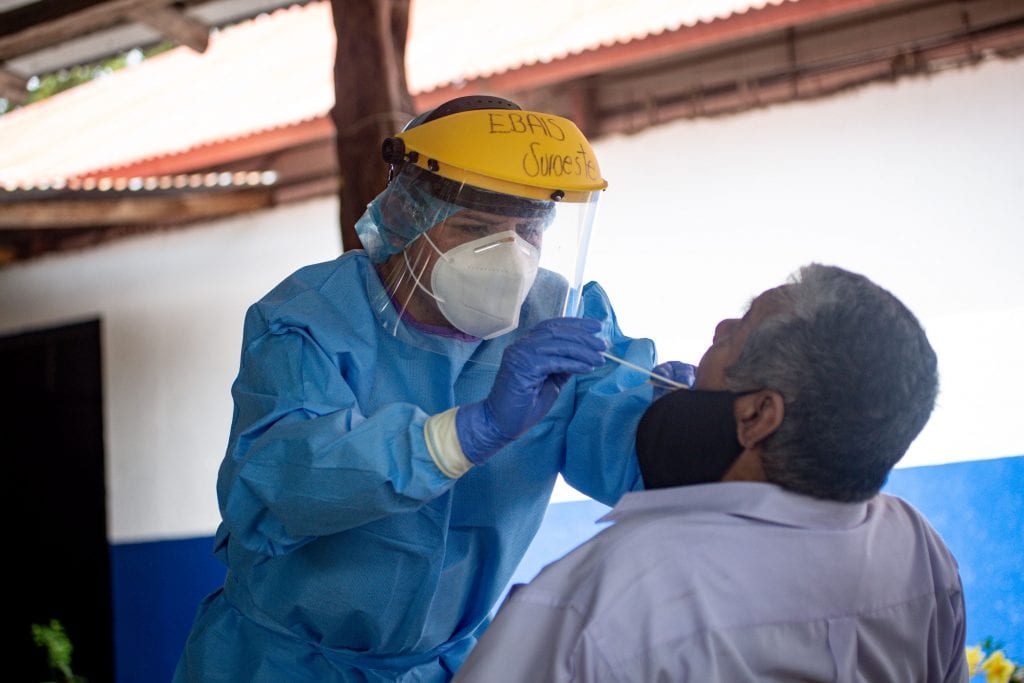
The Voice of Guanacaste was present during the mass screening held at the San Martin Church Ranch on July 8. Nasopharyngeal tests of COVID-19 were performed there.
The authorities also evaluated the risk of community transmission. Enrique Jiménez, Guanacaste’s regional health director, explains that the authorities can claim there is a risk of community transmission when, of all screenings performed on asymptomatic people, at least 10% test positive. In Nicoya the result was 10.34%.
It is possible that there are more asymptomatic cases, related to the ones that tested positive. Nicoya is moving to Orange to avoid a massive outbreak that cannot be controlled,” says Arroba.
All those factors increased in Nicoya in one week, after a scheduled mass screening of asymptomatic people was conducted in the San Martin neighborhood on July 8. That same day, the Health Area tested 14 officials from San Martin’s Ebais center. Four of them were positive.
Throughout the last week, active cases in Nicoya grew by 70% and the risk of contagion to people increased by 133%, said the executive president of the National Emergency Commission (CNE), Alexander Solis, at the conference on July 17.
The authorities chose San Martin because of its vulnerability factors: the number of people living in each house – about eight per house -, that most people travel by public transportation, and the socioeconomic level of the area, which makes it impossible for them to pay for masks or alcohol gel.
Screening is a way to look for asymptomatic people who would not otherwise reach the health centers. It’s a way to stay one step ahead of the pandemic,” says Jiménez.
Villalobos says most of the asymptomatic people who were sampled in this random screening did come in contact with a case that had already been reported. Therefore, Nicoya still has 90% of its epidemiological links detected and treated.
In all of Guanacaste, the Health Areas have discovered at least 97% of the epidemiological links.
The doctor also confirmed that the sampling teams have already tracked all those who had contact with these ten people (the six identified in the San Martin sampling and the four Ebais cases) and that the Epidemiological Surveillance teams are not yet overloaded with evidence analysis.
Community transmission is a possibility
While Guanacaste is not experiencing a scenario of community transmission or overwhelmed health staff yet, it is still at risk, due to the flow of people between provinces.
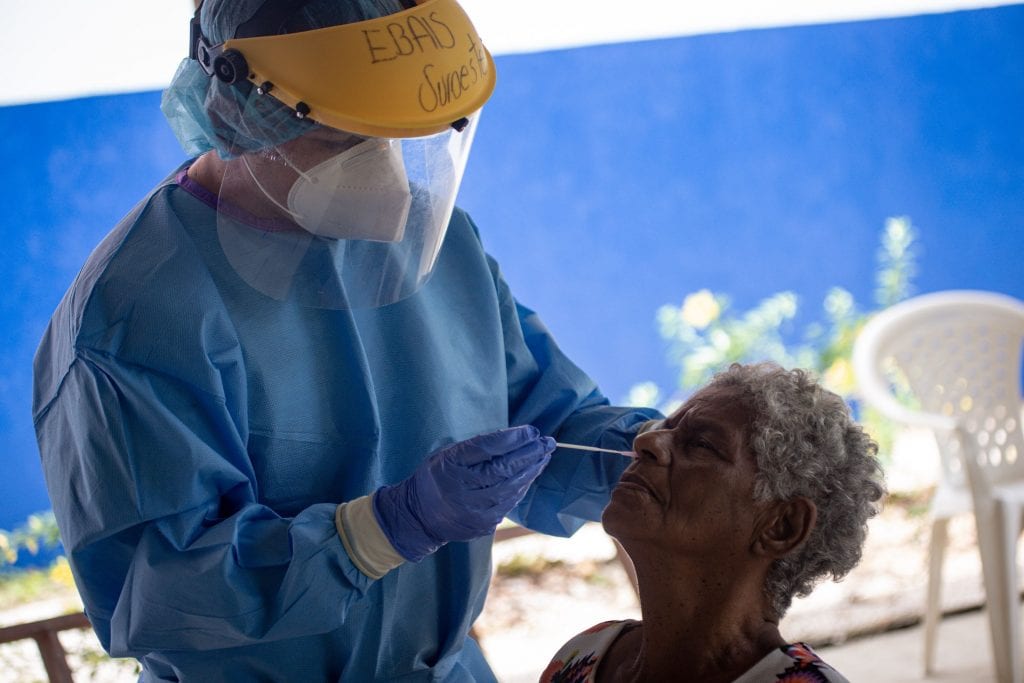
The COVID test involves inserting a long swab into the nostrils and another into the larynx, looking for cells that carry the virus.
Villalobos, meanwhile, says the Epidemiological Surveillance area has identified much internal migration of people who used to live in the Greater Metropolitan Area, but given the new restrictions, have been looking for work in Guanacaste.
We haven’t detected so many cases resulting from this, but these are possibilities that we have already been tracking,” he says.
The director says that Nicoya Health Area will continue to schedule screenings in neighborhoods with the same characteristics as San Martin, in hopes of positive results from these new measures.
Villalobos recommends staying home as much as possible, washing your hands, using hand sanitizer, and wearing masks and face shields at all times.


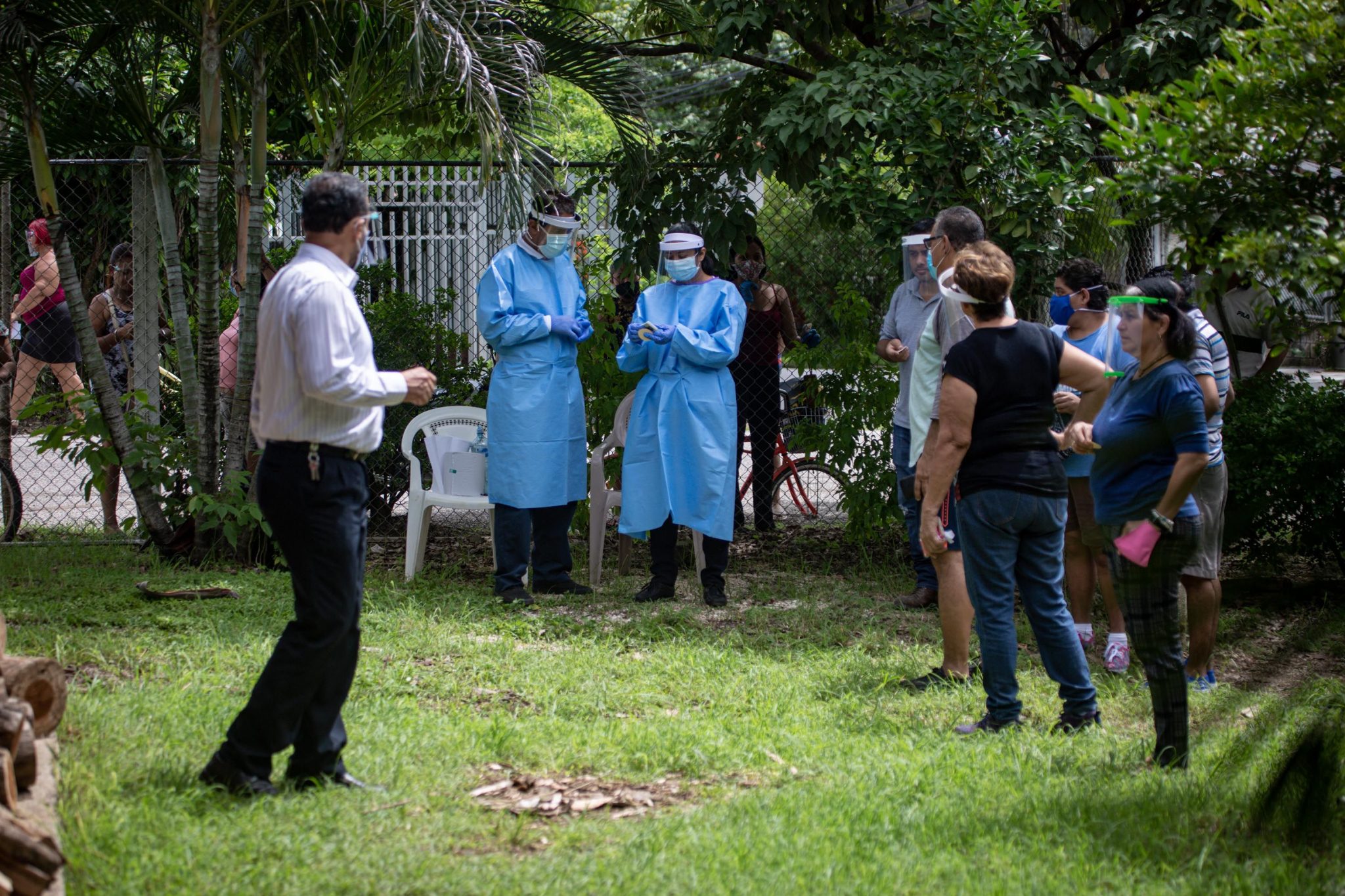
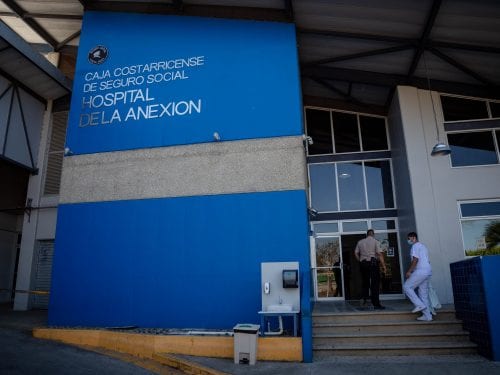
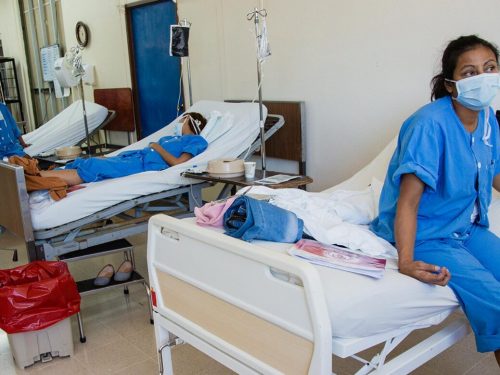


Comments